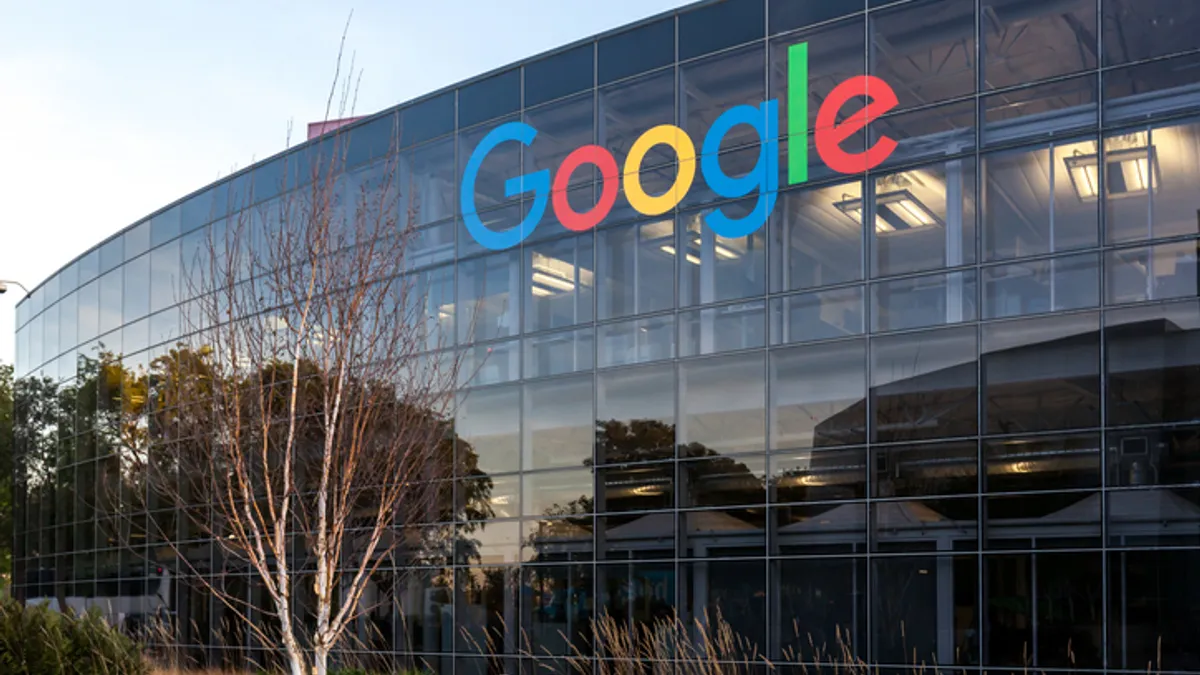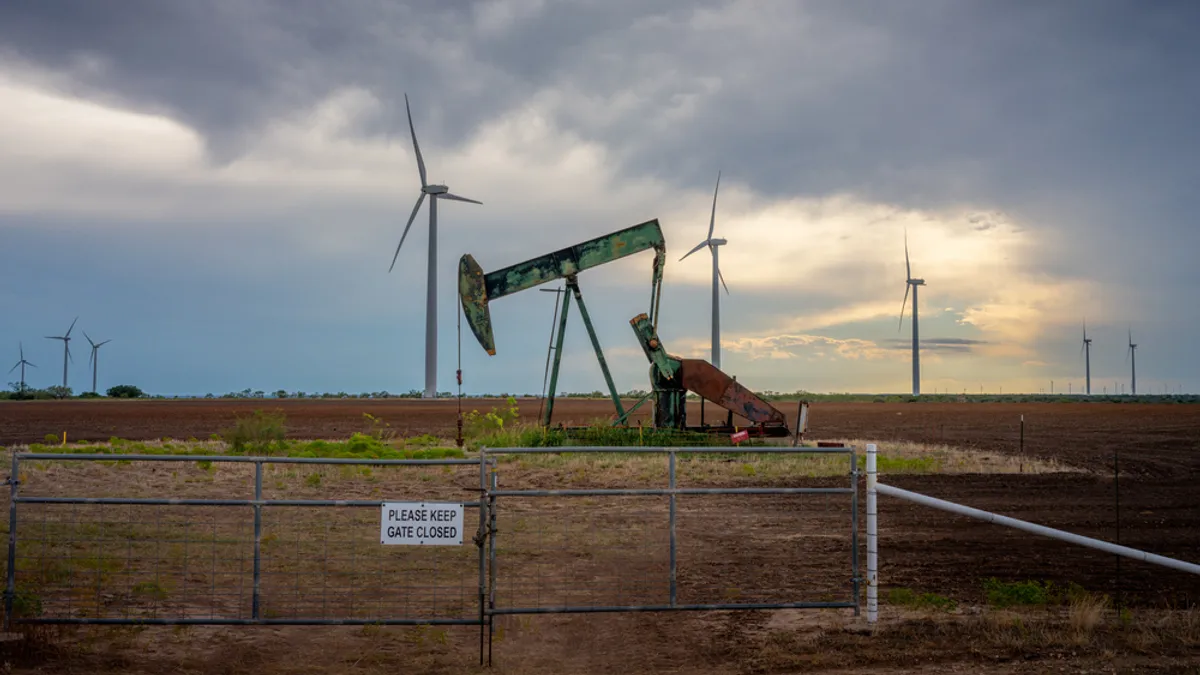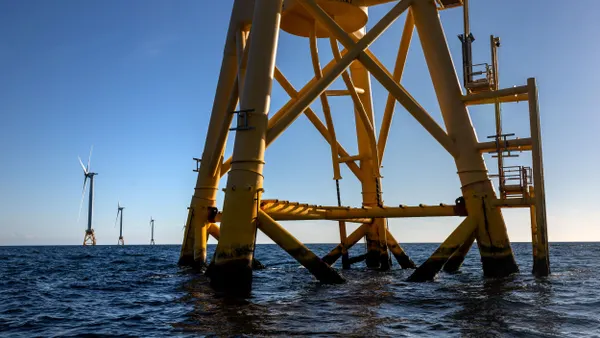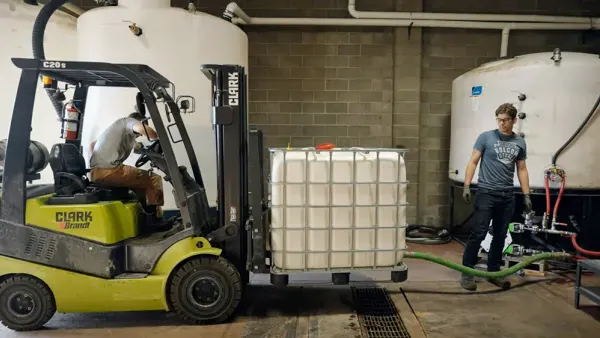Dive Brief:
- Google’s overall emissions are up 51% compared to a 2019 baseline, according to its latest annual environmental report. This jump in its overall carbon footprint comes despite the company’s progress in reducing its data center emissions and working towards its goal of powering operations on 24/7 clean energy last year.
- The global tech and search engine conglomerate reduced its data center emissions 12% in 2024, despite rising energy demands due to artificial intelligence. Additionally, the company said it signed power agreements for 8 gigawatts of new clean energy generation and brought 2.5 GW of new clean energy online last year.
- Google, which has a 2030 net-zero target date, called its climate targets “moonshots” and “ambition-based” in the latest report, both changes from its prior framing of the targets. The report documented an 11% decrease in year-over-year operational emissions — counting its scope 1 and 2 emissions — but when accompanied by a 22% increase in scope 3 emissions, the end result was an 11% increase in overall company emissions.
Dive Insight:
Google’s climate targets include goals to halve its scope 1, 2 and absolute scope 3 emissions and run all of its global operations on 24/7 carbon free energy by the end of the decade. The tech giant powered 66% of its global operations with carbon-free energy last year, but its overall emissions profile increased by more than half of its 2019 baseline.
Google said in its report it remains “committed to its climate moonshots,” but “it’s become clear that achieving them is now more complex and challenging across every level—from local to global.” The company cited AI’s energy demand, policy uncertainty, regions that are early in their decarbonization journey and “slower-than-needed” deployment of carbon-free energy at scale as hurdles that create uncertainty in its ability to reach those goals.
“As we head toward 2030, it's clear that the challenges are increasingly complex and it’s important to be up front about the hurdles we’re facing,” Google Chief Sustainability Officer Kate Brandt said in a June 27 blog announcing the report. “For both Google and our suppliers, we can’t outpace the infrastructure that isn’t available on the ground.”
The tech giant’s report said reaching scalability in carbon-free technology by 2030 “will be very difficult.” Google said that despite its own investments in technologies like geothermal energy and small modular reactors — which provide continuous carbon-free power generation — “their widespread adoption hasn’t yet been achieved because they’re early-stage, relatively costly, and poorly incentivized by current regulatory structures.”
Google said last year was the first time it was able to decouple data center energy demands from their associated emissions. The company’s 12% decrease in data center emissions in 2024 came as the electricity demand on those data centers increased 27%, according to Brandt. The progress follows a year after Google attributed a 2023 rise in emissions to the increased energy demands of AI
The company said its largest opportunity to reduce its supply chain emissions will come by working to transition its suppliers to clean electricity. Google’s scope 3 emissions accounted for 73% of its total “ambition-based carbon footprint” in 2024, and the company said approximately 60% of those emissions were from supply chain electricity use.
Google also announced it had reached a 2025 goal a year early and eliminated all plastic from its product packaging last year. The company previously announced that it had contracted $100 million in carbon removals in 2024 alone, which the report also notes.










